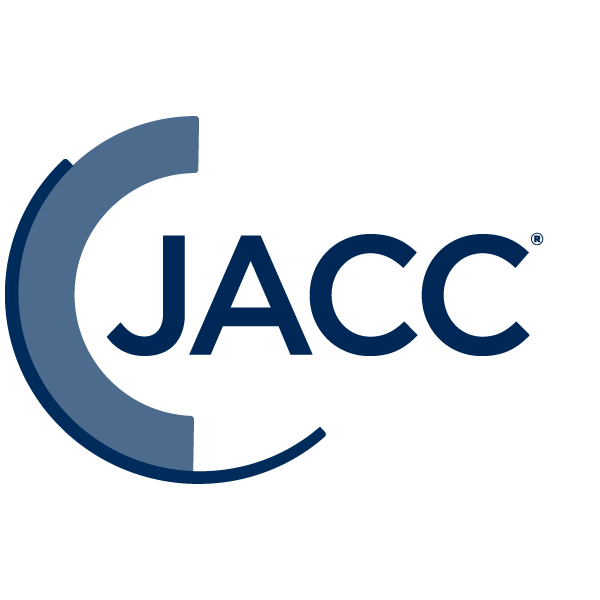ACC Releases Updated Guidance on Use of SGLT2 Inhibitors, GLP-1RAs to Reduce CV Risk in Patients With Type 2 Diabetes

The ACC on Aug. 5 released the 2020 Expert Consensus Decision Pathway on Novel Therapies for Cardiovascular Risk Reduction in Patients With Type 2 Diabetes in the Journal of the American College of Cardiology. The document provides practical guidance for cardiologists to initiate and monitor the use of sodium-glucose cotransporter 2 (SGLT2) inhibitors and glucagon-like peptide 1 receptor agonists (GLP-1RAs) with the goal of reducing cardiovascular risk in patients with type 2 diabetes.
Led by Writing Committee Co-Chairs Sandeep R. Das, MD, MPH, FACC, and Brendan M. Everett, MD, MPH, FACC, the new document updates the 2018 ACC Expert Consensus Decision Pathway on Novel Therapies for Cardiovascular Risk Reduction in Patients With Type 2 Diabetes and Atherosclerotic Cardiovascular Disease. Specifically, the document provides treatment algorithms for SGLT2 inhibitors and GLP-1RAs that clinicians can use with established risk-factor modification guidelines to prevent major adverse cardiovascular events in patients with type 2 diabetes. The authors stress that the document should be applied in the context of guideline-directed diabetes care and is "intended to facilitate clinical decision-making."
Cardiovascular specialists have a key role in optimizing care for patients, particularly in screening for type 2 diabetes in patients with or at high risk of cardiovascular disease; aggressively treating cardiovascular risk factors; and incorporating newer glucose-lowering agents with evidence for improving cardiovascular outcomes into routine practice, the document notes.
According to Das and Everett, SGLT2 inhibitors and GLP-1RAs have led cardiovascular clinicians to become more active in prescribing medications that were previously seen primarily as glucose-lowering treatments. "This evolving role has created a need for novel clinical care delivery models that are collaborative, interprofessional and multidisciplinary in their approach to managing this high-risk patient group with multiple comorbidities," the authors write.
The main goals of treatment for these patients "should be improving survival and quality of life" Das and Everett write, adding that a team-based approach is needed to "achieve optimal outcomes." As new evidence emerges, the document's proposed algorithms may change, but the "overarching goal of improving CV outcomes in patients with type 2 diabetes and clinical [atherosclerotic cardiovascular disease] will remain consistent," the authors conclude.
Clinical Topics: Dyslipidemia, Lipid Metabolism
Keywords: Cardiovascular Diseases, Risk Factors, Diabetes Mellitus, Type 2, Glucose, Sodium-Glucose Transporter 2
< Back to Listings
